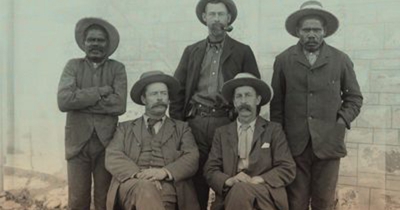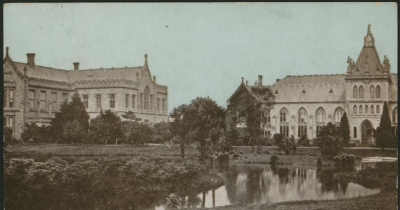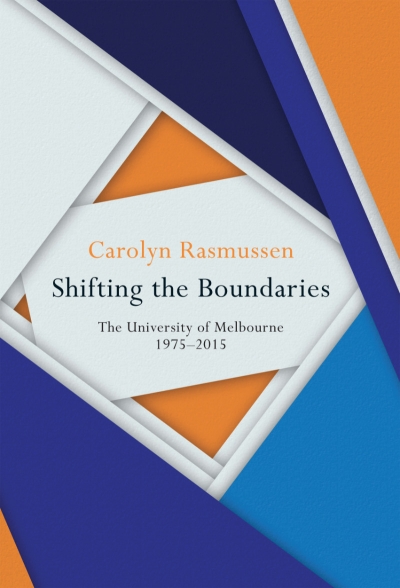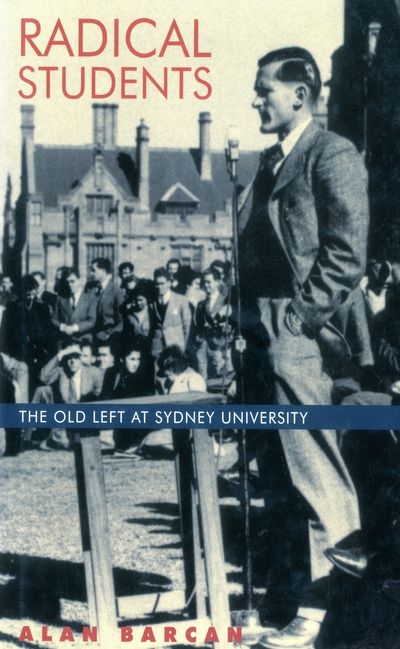University of Melbourne
Dhoombak Goobgoowana: A history of Indigenous Australia and the University of Melbourne, Volume 1: Truth edited by Ross L. Jones, James Waghorne, and Marcia Langton
by Sandy Toussaint •
Like the nation at large, the University of Melbourne has a troubling history. Stretching back to Victoria’s early colonisation, that history is entwined with the oppression and dispossession of Australia’s Indigenous peoples.
... (read more)Shifting the Boundaries: The University of Melbourne 1975–2015 by Carolyn Rasmussen
by Kate Murphy •
Queen's College the University of Melbourne: A pictorial history 1887–2012 edited by Jennifer Bars, Sophia T. Pavlovski-Ross, and David T. Runia
by Wilfrid Prest •
Radical Students by Alan Barcan & The Diary of a Vice-Chancellor by Raymond Priestly (ed. Ronald Ridley)
by Michael Crennan •





